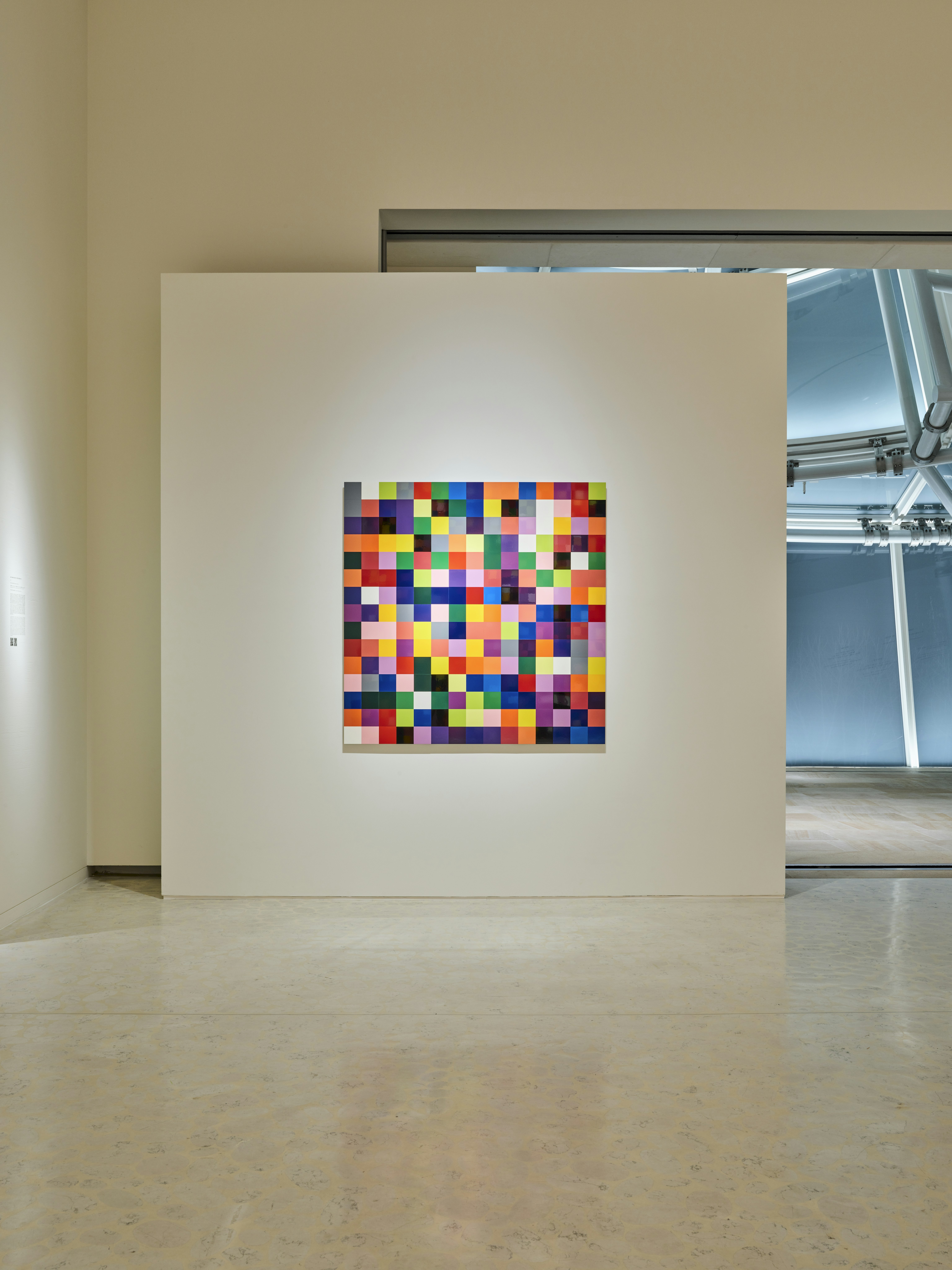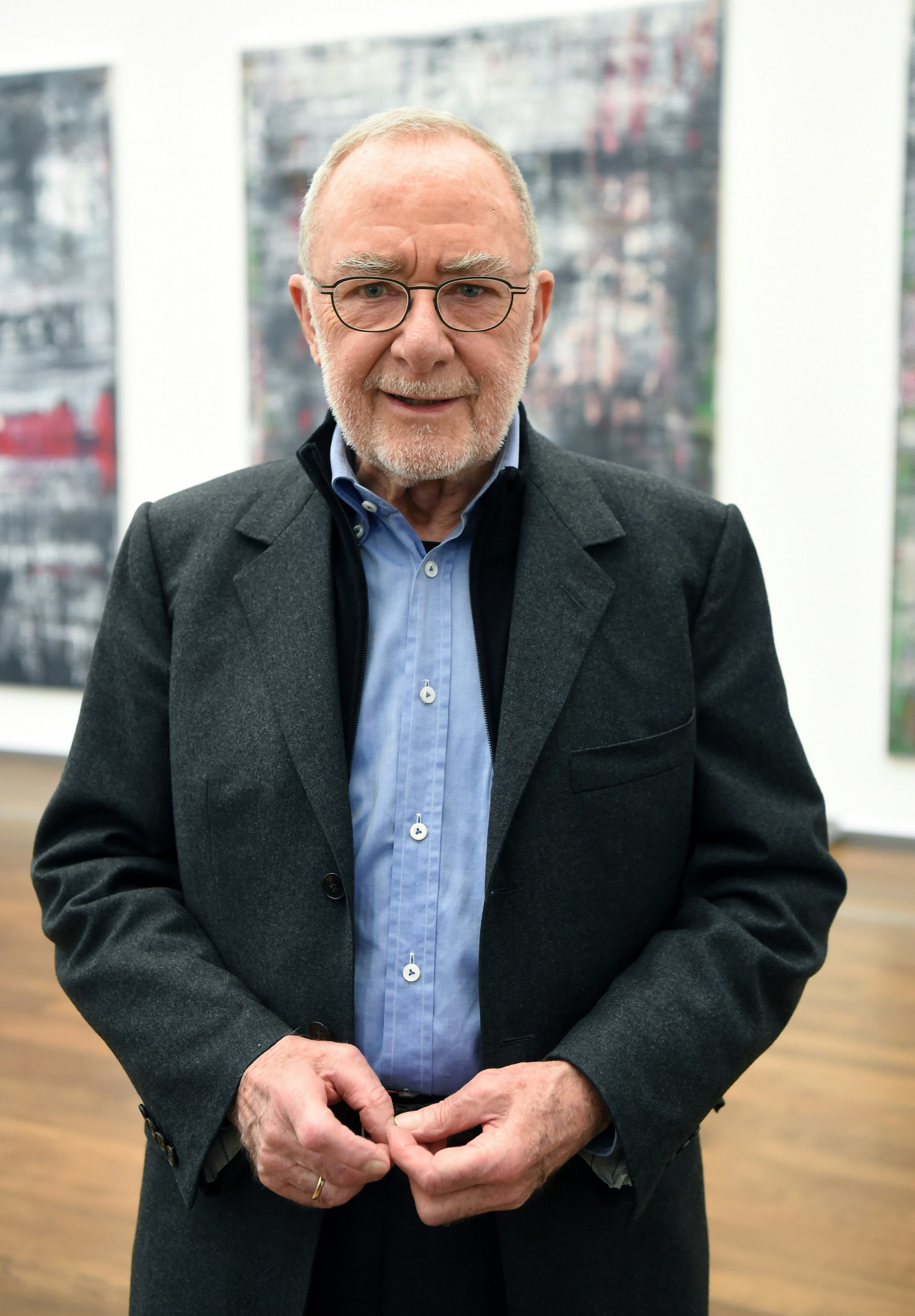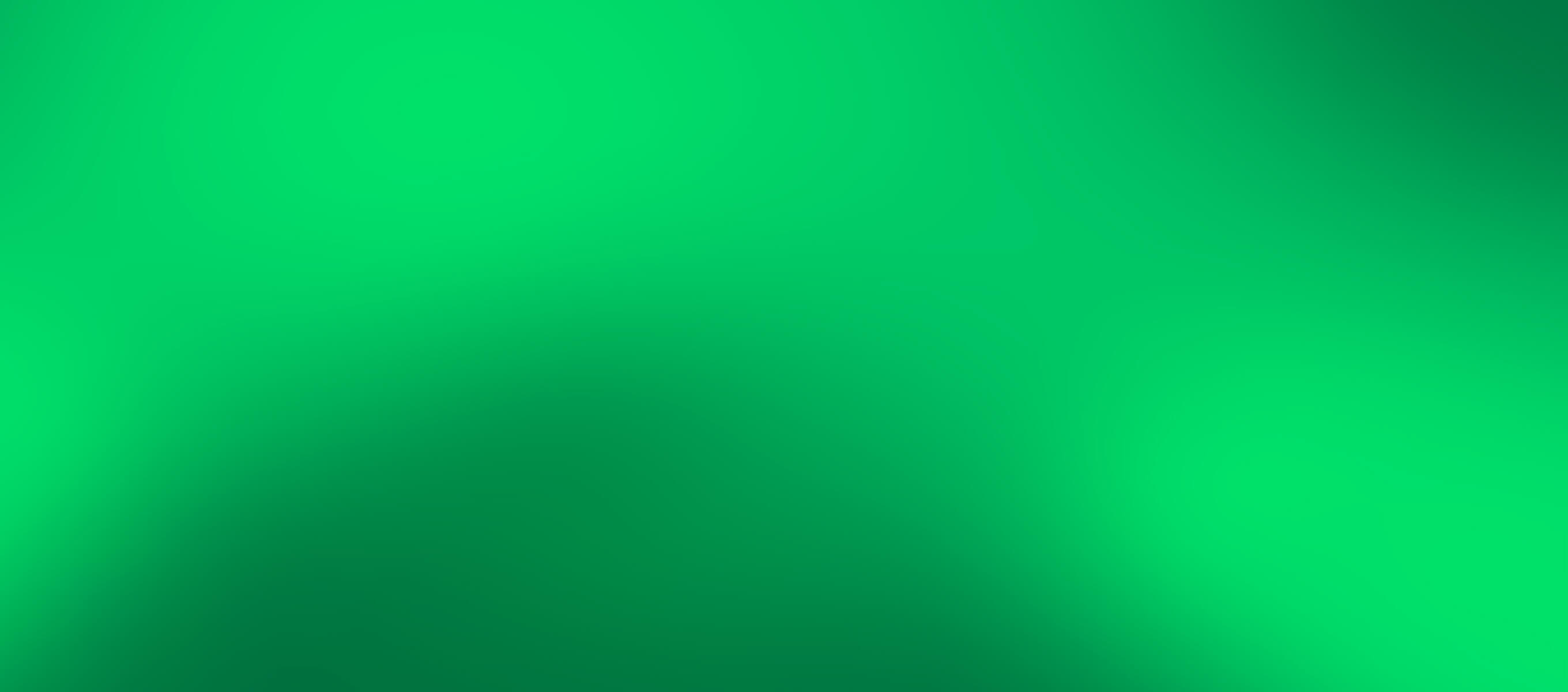Gerhard Richter - 4900 Colors

Gerhard Richter. 4900 FARBEN, 2007 © Courtesy of the artist and Fondation Louis Vuitton
- Date
- From 12.03.2021 to 18.07.2021
- Place
-
Espace Louis Vuitton Séoul
-
454 Apgujeong-ro, Gangnam-gu
-
Seoul 06015 Korea
- Phone
-
T. +82 2 3432 1854
- Hours
-
Monday to Sunday from 12 p.m. to 7 p.m.
The Espace Louis Vuitton Seoul is pleased to announce the opening of its new exhibition paying tribute to major German artist Gerhard Richter. This presentation has been produced in the framework of the Fondation Louis Vuitton’s “Hors-les-murs” programme, showcasing exceptional holdings of the Collection at the Espaces Louis Vuitton in Tokyo, Venice, Munich, Beijing, Seoul and Osaka, thus carrying out the Fondation’s intent to mount international projects and make them accessible to a broader public.
Since the early 1960s, Gerhard Richter has created a paradoxical body of work that sits somewhere between figurative and abstract art. Classically trained as a painter, throughout his oeuvre Richter has maintained a lifelong fascination with the power of the image and painting’s long, uneasy relationship with photography. His early works depict enlarged black-and-white photographs, often from newspapers or his family albums, painted using only a range of greys. Richter blurs the depicted subjects, deviating from traditional figurative painting, in order to distinguish painting from photography. He believes that whilst either medium may claim to reflect or express reality truthfully, either ultimately suggests only a partial, or incomplete view of a subject; offering a far less objective meaning than originally assumed.

© Courtesy of the artist and Fondation Louis Vuitton

© Courtesy of the artist and Fondation Louis Vuitton
Working alongside but never fully embracing the late 20th century art movements such as Abstract Expressionism, Pop Art, Minimalism, and Conceptualism, Richter has consistently absorbed many of their ideas whilst remaining sceptical of their grand artistic and philosophical ideologies. This is evidenced through the artist’s remarkably varied body of work, including photography-based portraits, landscape and still-life paintings, gestural and monochrome abstractions, and colour chart grid paintings, where themes of chance, realism and abstraction are prominent.
Pursuing his early investigation of colour field paintings began in 1966 by replicating, in large scale, industrial colour charts produced by paint manufacturers, Gerhard Richter was invited in 2007 to re-design the South transept window for Cologne’s famed Cathedral; a window that was destroyed during WWII. This kaleidoscopic work, titled Domfenster, consisted of 11’500 hand-blown squares of glass in 72 different colours that are derived from the palette of the original medieval glazing. The smooth perfection and precision of these colours are directly inspired by the commercial samples at the core of Richter’s studies. The seemingly arbitrary distribution of colours in the window was generated using a specially developed computer programme; a method that directly inspired 4900 Colours, which Richter created in parallel. 4900 Colours is a work that can be arranged in 11 core configurations (each using all 196 colour panels), ranging from multiple smaller grid combinations of various sized plates to just one large-scale work. There is no hierarchy between the different versions, having the same value with no reciprocal or definitive interference; each version sets the scene for different states of the colour field.

© Courtesy of the artist and Fondation Louis Vuitton
The Espace Louis Vuitton Seoul is proud to present Version IX of 4900 Colours for the first time in Korea. This work, belonging to the Collection, is the epitome of Richter’s constant quest to ultimately “desubjectivise” painting.
The artist
Gerhard Richter
Initially working in the academic tradition taught at Dresden Art Academy (in East Germany at that time), Gerhard Richter took up photography in the early 1960s, continuing on from the "capitalist realism" of his early works, reflecting upon painting and the purpose of art.
Marked by the experience of the war years, he found in this medium a critical distance from which to approach subjects in which politics and history are closely linked to the personal realm. Throughout his career, Richter has reproduced magazine and newspaper photographs as well as his own photographs of friends and family. At the same time he has developed a form of abstraction using coloured lines, gestural abstraction and monochrome. In this way, Richter revisits – not without an ironic distance – the history of painting, romantic and sublime themes, and geometric and lyrical abstraction. More than a parallelism, this coexistence between figuration and abstraction is like a mise en abyme, echoing the material depth of the “scratched” surface and of photographic elements perceived through other layers, or the mental depth in form of certain titles that refer to atmospheres, natural elements or people’s names. Rather than being reductive and conceptual, this lifetime’s research is radical in the way it hesitates between erasing and revealing.


